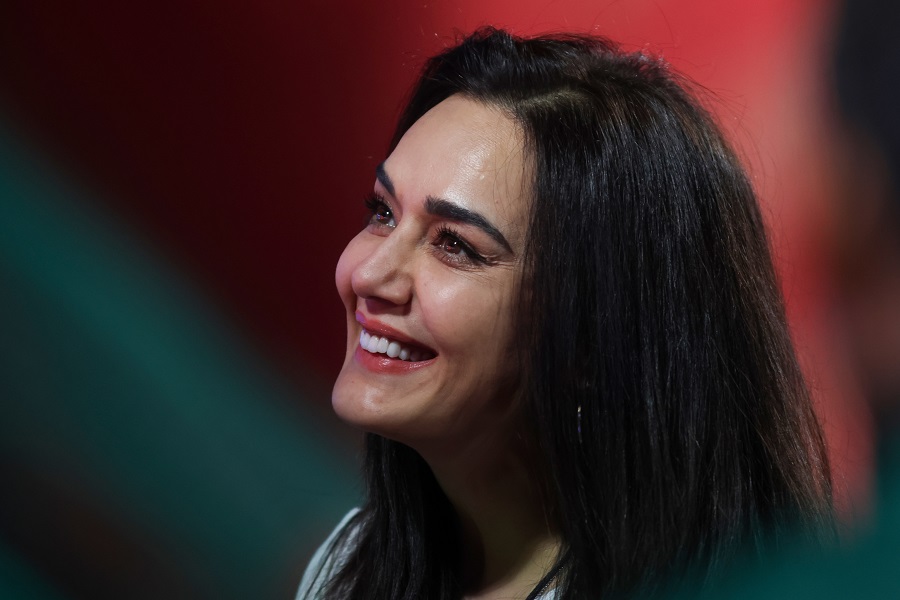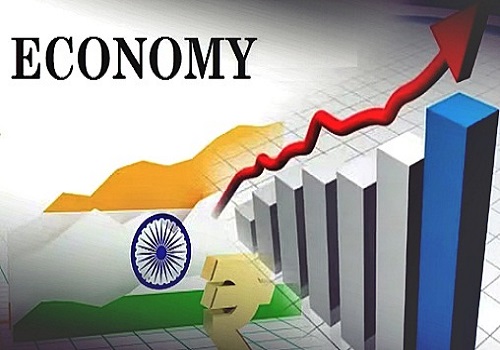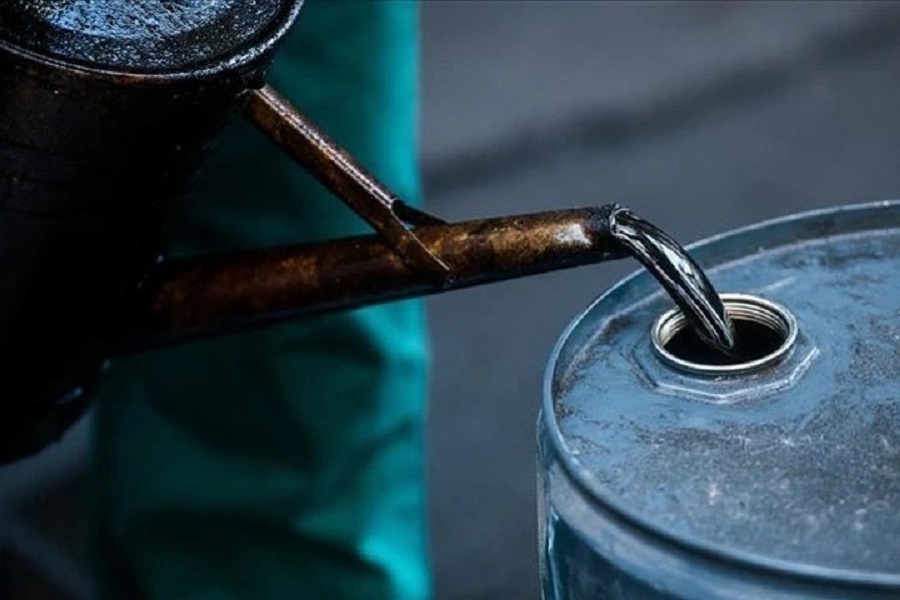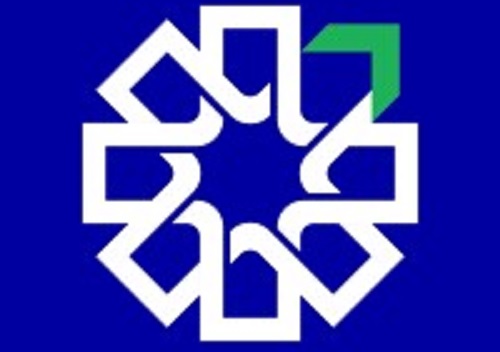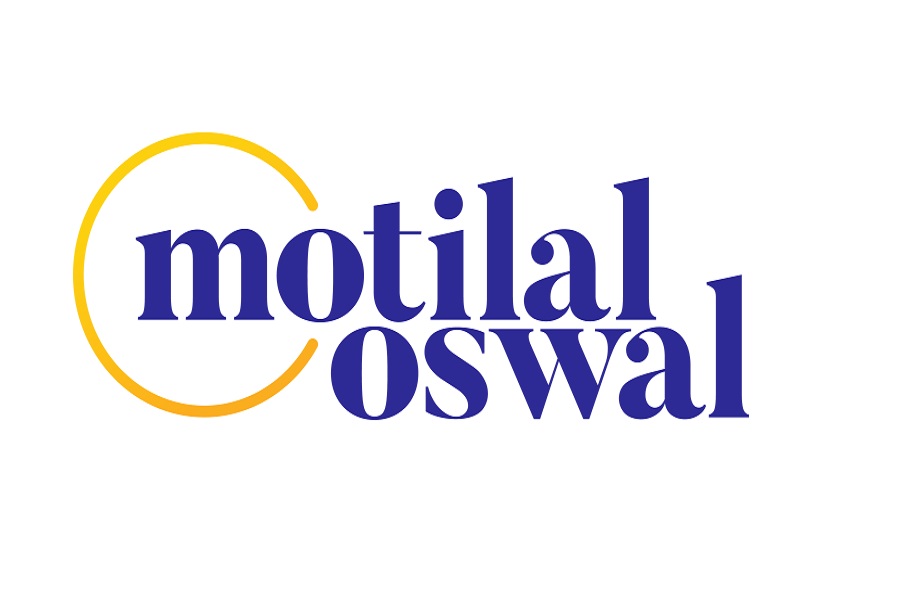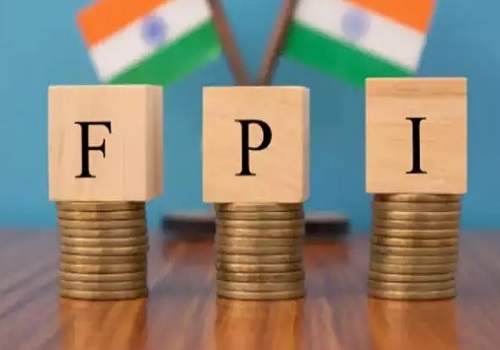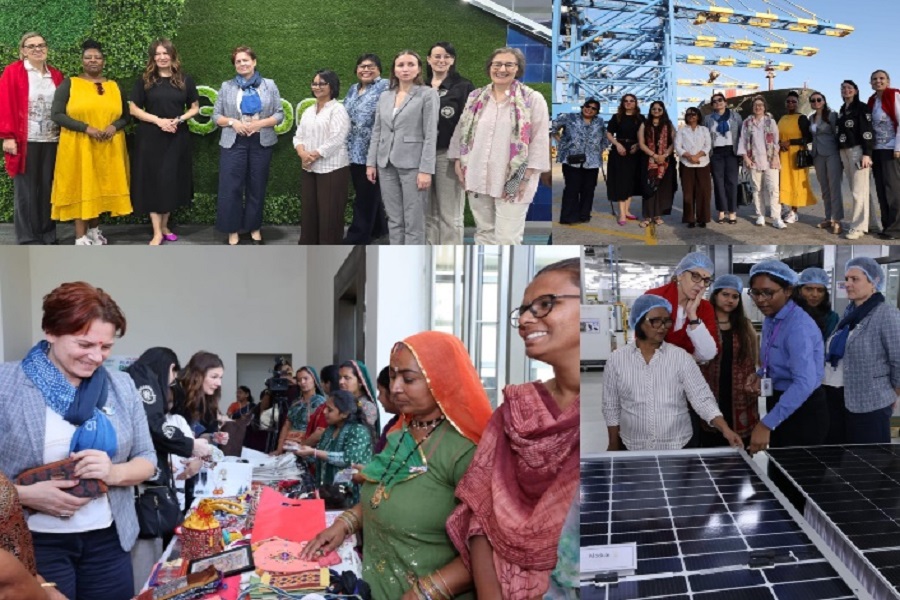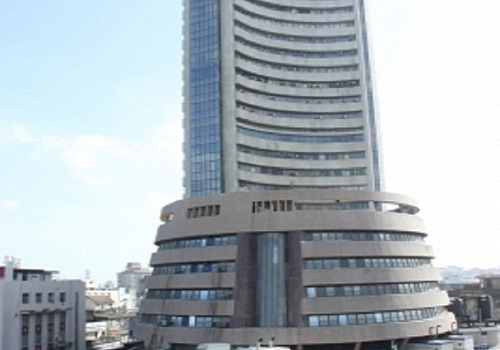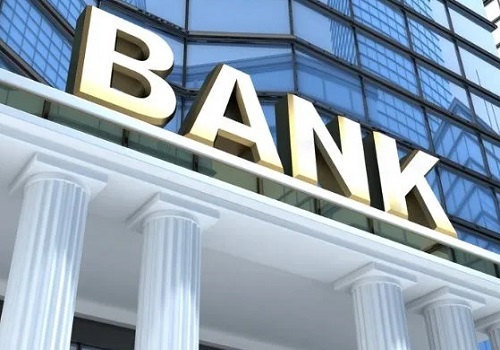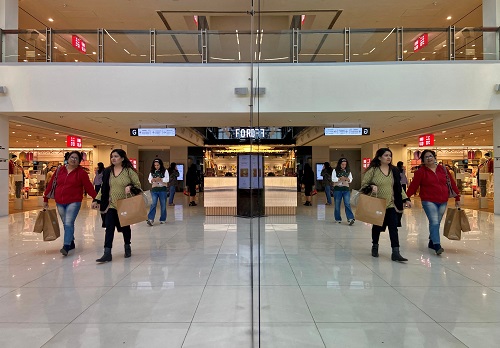Metal Sector Update - Domestic steel consumption remains strong By Motilal Oswal

Domestic steel consumption remains strong
We expect strong domestic demand and low finished steel inventory to support domestic steel prices. India’s domestic steel consumption rose 9% YoY (3% MoM) to 9.97m, the highest ever monthly consumption. Declining exports and rising imports further indicate a strong rebound in domestic demand. Lower domestic steel inventory provides comfort on steel prices. Domestic rebar prices, however, have come under pressure due to rising supply and softened demand in the Construction segment, weighed by high prices of construction material such as cement and steel. On the other hand, domestic HRC prices remain strong (although down 5% in the traders’ market) on the back of strong demand and regional prices. However, easing iron ore prices, led by improving supply, are cushioning steel spreads. Thus, despite decline in steel prices, domestic steel spreads remain strong, up INR5,600–6,000/t over the 3QFY21 average (the strongest quarter by far).
Domestic steel demand up 9% YoY in Jan’21
* India’s steel consumption grew 9% YoY and 3% MoM to 9.97mt in Jan’21. This growth comes on a strong base period of Jan’20 which also witnessed demand growth of 9% YoY.
* Demand growth has been supported by robust demand from Infrastructure and double-digit growth in Auto, White Goods, and Consumer Durables.
* However, we see some softness in demand in the Construction segment due to higher prices of building construction materials such as steel and cement.
* Domestic crude steel production rose 7% YoY (2% MoM) to 9.98mt.
Net exports lowest in 18 months; inventory remains low
* India’s steel imports rose 9% YoY to 520kt, whereas exports declined 16% YoY to 580kt. On a MoM basis, steel imports rose 2% YoY, while exports declined 6% YoY.
* As a result, net steel exports stood at 60kt, the lowest in 18 months. Historically, India has reported net steel imports in times of strong domestic demand.
* Domestic steel inventory with mills was down 18% YoY to 10.6mt. We estimate inventory to have remained below 10.5mt at Jan-end (12.7mt in Jan’20).
Iron ore prices easing on improved supply from Odisha
* NMDC has cut its iron ore prices by INR600/t (10–12%). This is the first cut in iron ore prices seen in the last nine months.
* Post this cut, NMDC’s iron ore prices stand at INR4,210/t for fines and INR5,100/t for lumps.
* However, NMDC’s prices are still 12–22% higher than the 3QFY21 average and up 50–60% YoY.
* The cut in iron ore prices is attributable to a ramp-up in production in auctioned iron ore mines in Odisha and declining steel prices in the Secondary Steel market. Essel mining, one of the largest merchant miners in Odisha, also cut iron ore prices by INR500–600/t.
Rebar prices come under pressure, while HRC prices remain strong
* Domestic secondary rebar prices declined INR6,200/t MoM to INR42,000 (exMumbai) due to a) softened demand from the Construction segment and b) improved availability due to improved iron ore supply.
* Primary rebar prices, on the other hand, declined INR3,300/t MoM (from the peak) to INR52,200/t. As a result, the price gap between primary and secondary steel prices stands at INR10,200/t v/s the average historical average of INR4,800/t. We do not expect a sharp correction in primary rebar prices in the near term owing to strong demand from Infrastructure in Feb’21. However, the gap should converge to the longer term average of INR4,800/t over the next few months.
* HRC prices in the traders’ market stand at INR55,250/t, down INR2,850/t MoM (5%) from the peak of INR58,000/t. Domestic HRC prices are now trading at a 4% discount to imported HRC prices from Korea and 4% premium to imported HRC from China.
* Coking coal prices rose ~50% MoM to USD170/t CNF India early in Feb, however, have declined USD18/t wow to USD152/t CNF India, thereby, easing pressure on margins.
* Despite decline in steel prices and higher coking coal prices, spot steel spreads remain strong at INR38,000/t for flats and INR35,000/t for longs – up INR6,000- 5,600/t for flats-longs over 3QFY21.
Regional steel prices soften ahead of Chinese Lunar Year holiday
* China domestic HRC steel prices have remained steady (at ~USD698/t) after peaking at USD770/t in Dec’20. However, softening demand due to winter conditions has led Chinese traders to export more, resulting in decline in export HRC prices from USD710/t to USD625/t FoB China in Jan’21. However, export prices increased USD20/t to USD645/t FoB China in Feb’21. CIS HRC export prices have also declined 10% MoM to USD710/t. On the contrary, Korea/Japan FoB prices have declined just 2% MoM to USD755/t. We expect China steel export prices to increase from current levels post the Chinese Lunar Year holiday.
JSP is our preferred pick, followed by SAIL
* We expect domestic steel demand to remain strong on the back of strong Infrastructure and Auto / Consumer Durables demand. However, the widening gap between primary and secondary rebar prices (~INR11,200/t currently) poses downward risk to primary rebar prices, as we expect the gap to converge to the historical average of INR4,800/t in the short term. However, we expect HRC prices to remain strong, supported by a) strong domestic demand, b) higher regional prices, and c) an uptick in steel demand in China post the Lunar Year holidays.
* JSP is our preferred pick in the sector, with TP of INR385. Over FY20–23E, we estimate a strong 11%/10% CAGR in standalone volumes / consolidated EBITDA. This, coupled with the Oman divestment, would result in a 52% fall in consolidated net debt to INR183b. Net debt-to-EBITDA should, thus, decline to 1.6x, the lowest for India’s steel sector.
* We remain positive on SAIL, with TP of INR81, as we expect higher volumes to absorb the increase in fixed cost on account of wage provision. We estimate a net debt reduction of INR162b (INR39/sh) to INR372b (INR90/sh) over FY20–22E – on the back of higher operating cash flows. Realization of Railways debtors would lead to further deleveraging (not factored in). With a significant debt reduction and higher earnings, net debt/EBITDA should decline to ~3.0x by Mar’22.
* We assign JSTL a Buy rating with TP of INR435. Coupled with robust margins, it offers strong volume growth potential from its Dolvi expansion, which is slated to be commissioned in 1QFY22. Given the current strong spread, concerns over the acquisition of Bhushan Power and Steel have significantly subsided.
* We remain Neutral on TATA with TP of INR681 as 1) current valuations factor in strong spreads in India and Europe and 2) sustainability of cash flows at Tata Steel Europe remains questionable given the uncertainty over its UK operations.
To Read Complete Report & Disclaimer Click Here
For More Motilal Oswal Securities Ltd Disclaimer http://www.motilaloswal.com/MOSLdisclaimer/disclaimer.html SEBI Registration number is INH000000412
Above views are of the author and not of the website kindly read disclaimer


